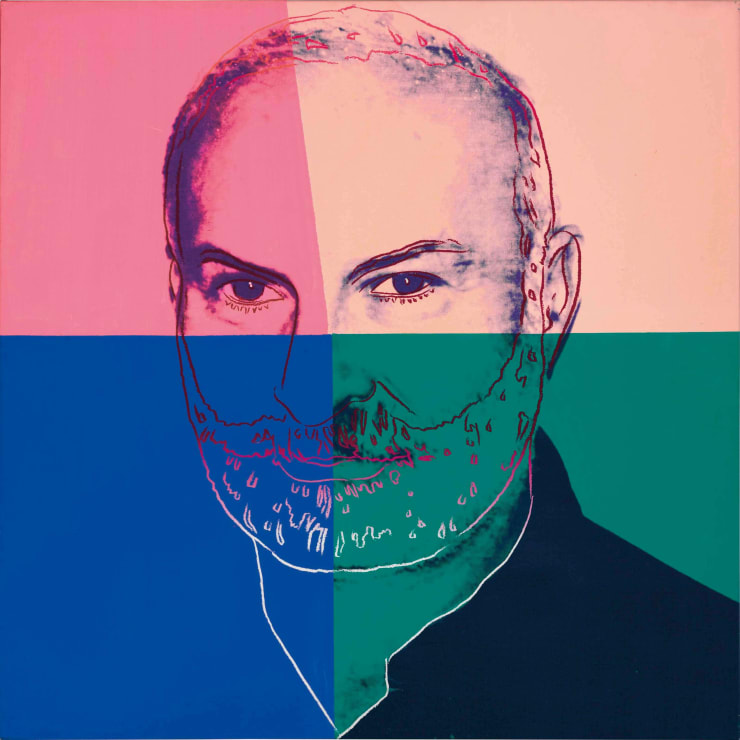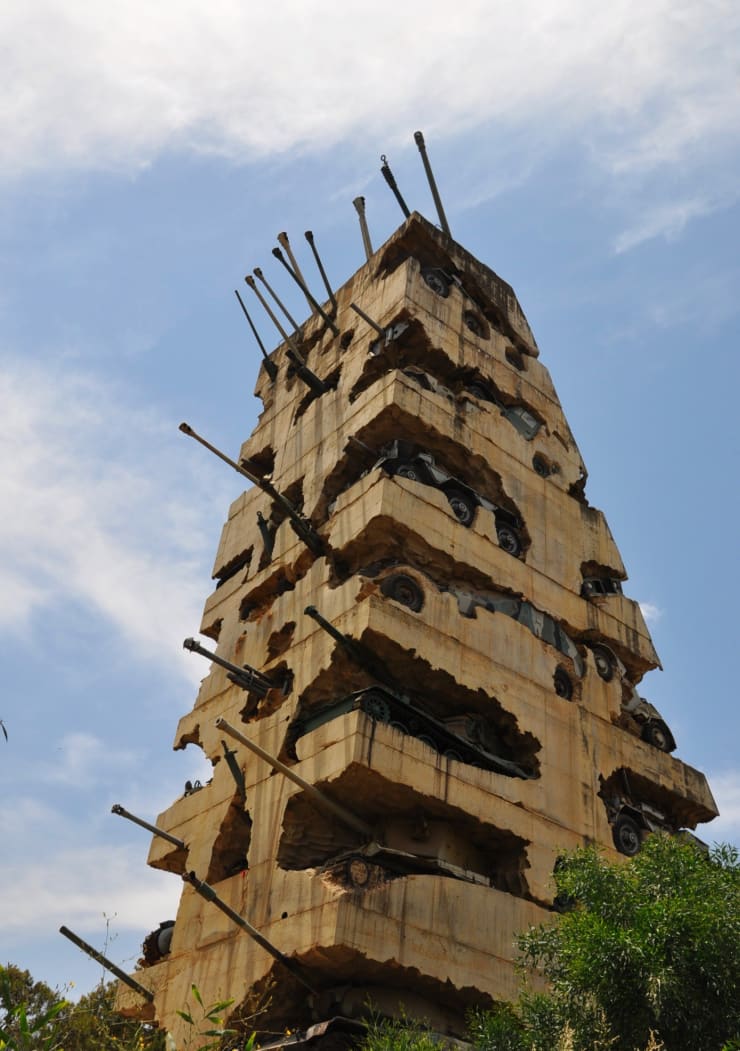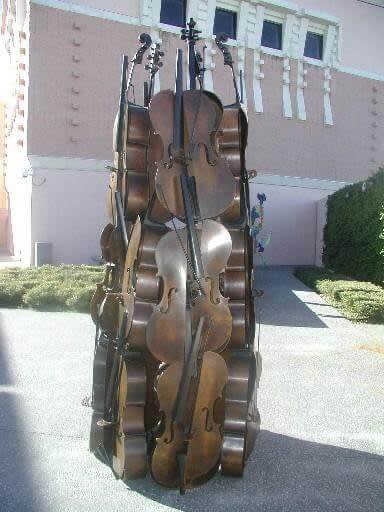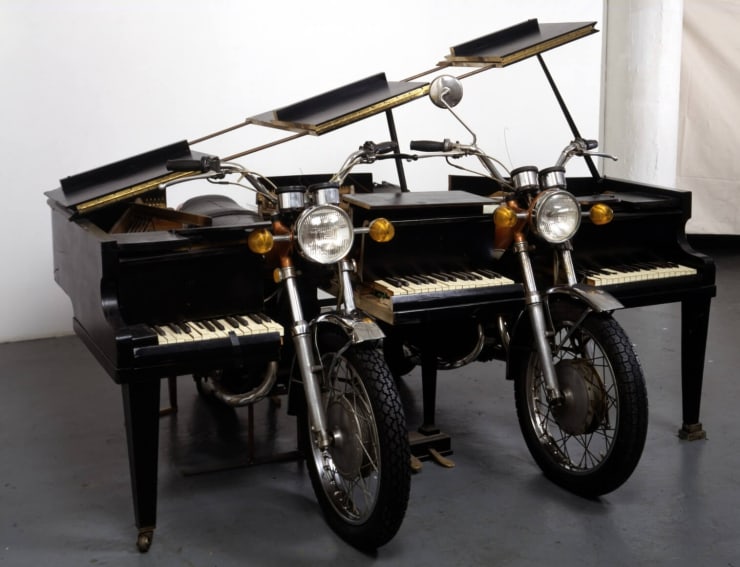"As a witness of my society, I have always been very much involved in the cycle of production, consumption, and destruction."
- Arman
While Pop Art was taking hold in 1960s America, artists in France responded with the Nouveau Realisme (New Realism) movement, which questioned the idea of elevating or idealizing subject matter in art works. Arman was born in Nice, France in 1928. His father was an antiques dealer and collector and dabbled in painting, photography, poetry and played the cello. Arman completed Bachelors Degrees in philosophy and mathematics in 1946, and then he began to study art and judo. Arman's work bridged the gap between American and European mid-century art.
Arman, Andy and Trash
As a reaction to the mid-century mass production culture, Arman began to use discarded objects…including trash…in his work. A 1960 exhibit of his work, called Le Plein (Full-up) got Arman a lot of attention, when he completely filled a gallery with trash, so full that the exhibit could only be viewed from the street. He dialed it back a bit, in later works, called Poubelles (Trash) by keeping the trash in garbage cans or in plexiglass boxes.
Arman moved to New York in 1963, and fit right into the art scene. He became friends with Andy Warhol, who owned two of Arman's Poubelles and was in Warhol's film Dinner at Daley's. Warhol did a portrait of Arman, Arman created a Poubelles portrait of Warhol.
Arman's Musical Instruments
Variations of arrangements of musical instruments became a recurring focus of Arman's sculptures. He collaborated with a foundry in Normandy, France to create sculptures of instruments in various stages of dismemberment or in groups that formed what Arman called Accumulations. There were no objects too small or two large for Arman to use in his work.
He used everything from small bottle caps to grand pianos in his assemblages. He sometimes dissected them, like he did with the violin in the Untitled bronze sculpture available at VFA, sometimes used dozens, even hundreds, of the same object to create his works. "The objects possess even in the smallest part of their being an element of recognition, " Arman said, "and it is always exciting and fascinating to know just how far one can go without going too far in the destruction."
Arman's Legacy
Arman was a peace activist and served as the President of the New York chapter of Amnesty International for five years. He created the Hope for Peace Monument to celebrate the end of the civil war in Lebanon. The monument, which is more than 98 feet high, was constructed from 5,000 tons of concrete, supporting 78 military vehicles, supplied for the sculpture by the Lebanese government. It is located near Lebanon's Ministry of National Defense. Many of Arman's works can be found in major museums and galleries around the world, including the Boca Raton Museum of Art, MoMA, the Hirshhorn Museum and Sculpture Garden and the Harvard Art Museum.
Arman Sculpture at VFA
Please contact us if you would like more information about the work of Arman, or any of the other fine art work available at VFA.
Judith Benhamou-Hue. ART BASEL: LES AMATEURS DE CONTEMPORAIN BOUDENT L'ART JEUNE. Vallois Gallery. June 14, 2018
https://www.moma.org/artists/220







